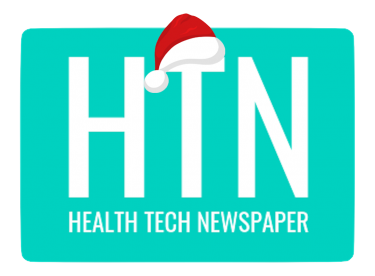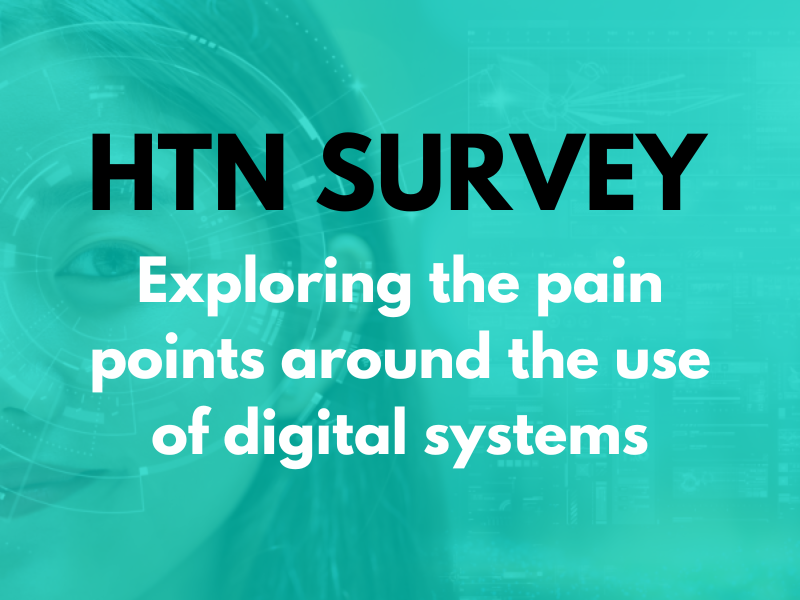Aiming to address “considerable variation in how Advice and Guidance is applied, delivered and monitored”, a framework intending to provide a tool to support ICBs on effective implementation has been published. From April 2025, all ICBs will be required to submit quarterly progress of Advice and Guidance, providing a maturity level, insight into its use and quality.
Over the course of 2025/26, ICBs will also be required to perform a number of actions, completing the quarterly self-assessment survey to provide a national oversight, developing a delivery plan for Advice and Guidance that aligns with elective planning for 2025/26, implementing actions “across relevant sections to accelerate maturity”, and completing planning for 2026/27.
On minimum digital standards to support, the tool notes the need to develop a plan at system level for digitising Advice and Guidance, referral channels, and clearly defining processes. It adds for providers having “open digital channels” to support Advice and Guidance in specialties, to focus on high volume specialities, and to establish a baseline maturity of the digitised use of Advice and Guidance channels.
As part of this, a series of minimum standards are also laid out, such as having in place a named lead for improving Advice and Guidance, implementing actions to address gaps in digital accessibility of pathway referral criteria, and developing and implementing a plan for this digitisation.
For workforce planning, training and development, it looks to ensure users of have access to e-learning resources or training across areas such as referral criteria, policies, and pathway redesign. It cites that “standards for urgent and routine turnaround times for Advice and Guidance requests are locally determined at specialty level”, and “clinically led audits are in place at specialty level”.
Elsewhere, the framework outlines indicators and minimum standards around leadership and governance, improving Advice and Guidance quality, reducing health inequalities, patient and staff engagement, and local commissioning and payment mechanisms. An ICB action plan template is also provided for ICBs to record baselines and quarterly self-assessment results, and to track their delivery plan.
Central digital updates: the wider trend
The NHS England board meeting in February shared updates and outlooks on operational performance and productivity, the NHS Genomic Medicine Service, children and young people’s health, and vaccination and screening services. On digital, the update noted the continued focus for digital to drive productivity, including improving processes, optimising system capacity, reducing low value activity, delivering more care in the community, harnessing improvements offered by the use of tech like teledermatology, expanding the use of the NHS app, and completing the rollout of planned EPR upgrades.
In March, the board met again to cover more operational, performance, delivery, and digital, data and technology updates. The digital, data and technology transformation update noted the Frontline Digitisation programme is on track for 96 percent of trusts to have implemented an EPR by March 2026. As of March 2025, 19 trusts are listed as having no EPR, but are in the process of procuring, or implementing one. The update highlighted that 70 percent of trusts are on track to meet the core level of digitisation maturity by March 2026, aligning with the What Good Looks framework.
March also saw Keir Starmer confirming plans to abolish NHS England, in a move he states will bring the management of the NHS “back into democratic control” and support the government’s objective of “reshaping the state”. Starmer noted that with this move, the NHS would be brought back “at the heart of government, where it belongs, freeing it to focus on patients, less bureaucracy, more money for nurses – an NHS refocused on cutting waiting times at your hospital”.






